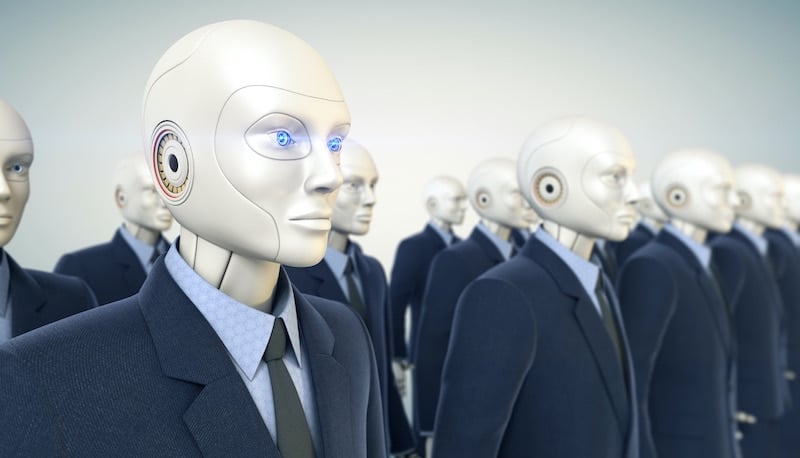One of the most fascinating (and frightening) mysteries that have gripped man since well before artificial intelligence reached its current levels of sophistication, concerns the autonomy of machines.
And perhaps, if you think about it, the famous three laws of robotics invented by Isaac Asimov seem to arise from the fear that, one day, artificial intelligence could take over humans.
A controversy has contributed to inflaming the debate in recent days. It happened that Google suspended engineer Blake Lamoine from work. The reason? Lamoine posted his full conversation with LaMDA, an artificial intelligence. And, given the complexity of the answers obtained, the Google engineer would have claimed to have found himself talking to a sentient machine. Of course, capable of elementary reasoning (Lamoine compared them to those of a 7-8 year old child), yet fully aware.
The scientific community, as we said in another article, has greatly reduced Blake Lamoine’s statements. The doubts arise from the fact that, however surprising, the answers provided by LaMDA are the consequence of stored and reprocessed data, and do not derive from a conscience.

The robot aware of its own body
Another suggestive step towards the autonomy of artificial intelligence, or more specifically of robots, comes to us from the Columbia University of New York.
Where a team of researchers coordinated by Hod Lipson, professor of mechanical engineering and director of that university’s Creative Machines Lab, developed the first body-aware robot. And he published the groundbreaking study in Science Robotics on Wednesday 13 July.
What is it about?
The robot that becomes aware of its body in 3 hours
We were talking about the robot aware of its own body.
We know well how amazing (and traumatic) it is for a teenager to see their body transform into an adult body within a few months.
It often takes years for there to be an alignment between physical development and full awareness of one’s own corporeality.
For the robot developed by the research group of the University of Colombia, however, 3 hours were enough. The experiment actually involved a robotic arm. Which, still lacking data on its shape and potential, was placed in front of a mirror. He was then surrounded by 5 video cameras, and for 3 hours he made all possible movements. It is observed and corrected. And after 180 minutes of contortions and “stares”, he stopped. Evidently, his neuronal network had stored enough data on his movements and his three-dimensionality.
The machine therefore became aware of its own corporeality without any human intervention.
“We were really curious to see how the robot imagines itself,” said Hod Lipson, head of the project. “But you just can’t peek into a neural network, it’s a black box.”
Il robot autoistruito
And so, once educated by itself, the conscious robot was able to autonomously touch some objects and avoid others. In short, he has learned to interact with the environment that surrounded him. Moreover, despite some malfunctions in the arm joints, induced – these yes – by the experimenters.
But, to return to the question posed earlier, Does interacting with the environment mean having a first form of self-awareness? Especially if there was no human-given impulse?
The question is delicate. It could still be argued that it is in any case the re-elaboration of instructions that were previously supplied to the machine.
Yet Hod Lipson spoke on the subject. By saying that “self-modeling is a primitive form of self-awareness”. Which in this case, Lipson specified, is “trivial compared to that of human beings, but we have to start somewhere”.
Massimo Bergamasco’s words
Massimo Bergamasco, director of the Institute of Mechanical Intelligence of the Scuola Superiore Sant’Anna in Pisa, intervened on the self-aware robot, interviewed by Ansa.
Bergamasco said: “It is a very interesting research approach, which can lead in the future to the development of what is called the autonomous consciousness of machines.. Even if it is not at all easy to define what consciousness really is for a machine, the awareness of one’s own body is certainly a key aspect and represents a great result ”.
And speaking of the self-modeling that Lipson mentioned, Bergamasco added: “Even if embryonic it is certainly very interesting. Because if we want to integrate a sort of consciousness into machines, it must be born through an architecture that makes it come out ‘from below’. It is necessary to start from perceptions, that is, from the data that the machine itself detects, it certainly cannot be the result of a programming imposed from above ”.















Leave a Reply
View Comments